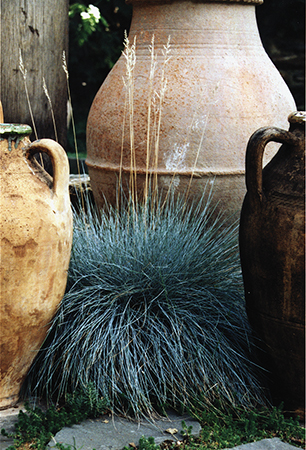Ball Horticultural Company, KeyGene Announce Successful Genome Sequencing of Impatiens
 After years of research, Ball Horticultural Company has announced the successful sequencing and assembly of the Impatiens walleriana genome. This first-of-its-kind project, a collaborative effort with KeyGene, an ag biotechnology company, creates a highly accurate tool for breeders looking to provide new solutions to the horticulture industry in Impatiens.
After years of research, Ball Horticultural Company has announced the successful sequencing and assembly of the Impatiens walleriana genome. This first-of-its-kind project, a collaborative effort with KeyGene, an ag biotechnology company, creates a highly accurate tool for breeders looking to provide new solutions to the horticulture industry in Impatiens.
“Genome sequencing and assembly not only provides a more efficient approach to breeding and plant trait identification, it also provides a deeper understanding of our products and their ultimate potential in the marketplace,” says Matt Mouw, Chief Technology Officer for Ball Horticultural Company.
Over the course of the project, Ball and KeyGene achieved 100x coverage using long read sequencing technology, which has already led their breeding teams to better utilize significant key plant genes, specifically, genes that confer high resistance to impatiens downy mildew (IDM). The disease has severely impacted global sales of I. walleriana since 2008. By utilizing this new resource of high resistance, along with these newly available genomics tools, breeding companies like PanAmerican Seed are closer than ever to producing impatiens with high resistance to IDM.
“With this new understanding of I. walleriana, we will continue to lead the industry toward grower solutions,” says Matt Kramer, Research Director at Ball Horticultural Company. “Dedicated work by our breeding teams in recent years has produced positive results, and we can’t wait to share our discoveries.”
How the Genome Sequencing Will Help Growers
Since the beginning of the IDM outbreak, PanAmerican Seed has felt a responsibility to the industry to address the issue and find a solution, according to Anne Leventry, President of PanAmerican Seed.
“PanAmerican Seed understands the importance of this crop at all levels — it is important to the grower, the retailer, the landscape sector, and especially to the consumer,” Leventry told Greenhouse Grower magazine. “There are few horticultural crops that can deliver the color impact in heavy shade that Impatiens can. So, this product has been missed in the marketplace.
“Using these new genomic tools and resources, we are very pleased that we will be able to deliver Impatiens varieties to customers in the near future that will solve this problem,” Leventry says.
While PanAmerican Seed has worked to address IDM solutions over the past five years, the impatiens genome project took more than two years to complete. It included disciplines from many areas of the industry, including pathologists, breeders, seed technologists, product development teams, and production.
“It was truly two key projects brought together to produce great success overall,” says Ruud Brinkkemper, General Manager of PanAmerican Seed B.V. in Venhuizen, NL. “The sequencing and assembly of the I. walleriana genome has empowered me to better use the plant’s genetic potential to unlock important traits through the use of traditional breeding techniques.”
“KeyGene is proud of its collaborative spirit, and the project with Ball has been especially satisfying, as it has directly impacted current breeding and product development,” says Arjen J. van Tunen, CEO of KeyGene. “All sequence and molecular breeding data were transferred to an I. walleriana CropPedia, a KeyGene software that enables easy and comprehensive analysis and marker/gene identification. In combination with our sequencing and assembly strategy, this proved to be vital for the success of the project.”
According to Mouw, Ball Horticultural Company has committed to a significant investment in the area of advanced plant technology, with the goal to deliver products, services, and solutions to the industry.
“This is the first in what will promise to be a pipeline of opportunities in seed and vegetative products that wouldn’t before have been possible,” Mouw says.









